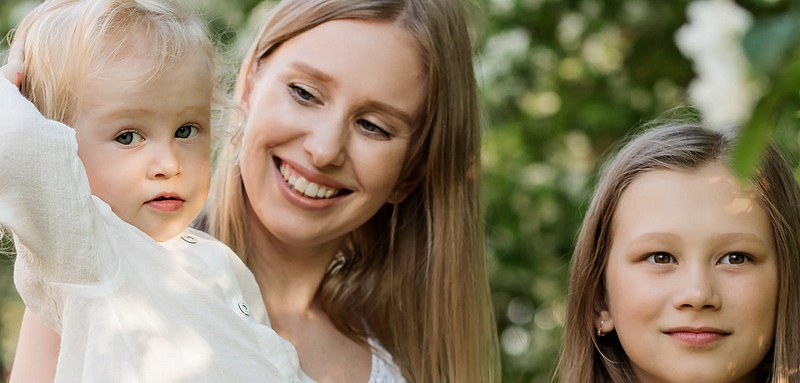I Have Seven Kids, and That’s a Lot

My wife and I are online writers and creators specializing in the topics of parenting and education. It started as a side hustle. After two years, we decided to go all-in and scale.
Upon consultation with our lawyers, we realized several juridical loopholes existed when exploiting children’s images online, ruining their childhood, and destroying their overall mental health.
It was a unicorn type of opportunity, but it meant having children.
It was a tough choice because we knew from previous babysitting experiences that taking care of children isn’t exactly a joke or a fun hobby. Nevertheless, we were committed to making a shitload of money and decided to have some. Luckily, we got twins on the third try. They’re our biggest earners by far. So far.
As ethical entrepreneurs, we also made the (costly) choice of not taking advantage directly of these loopholes. As responsible parents, we ask our children for consent before using their images for money-making purposes online.
We do it when they’re the most receptive to serious discussions. After some trials and errors, we realized that the right moment was just before giving them ice cream (summertime) or hot cocoa (wintertime).
Even if they had to skip a meal or two, our children always gave their consent so far. We take pride in proving that ethical entrepreneurship is possible and profitable.
You might be wondering why we have as many as seven children.
Sorry for speaking in jargon; it’s because the shelf-life of kidfluencers is short.
The 0 to 24 months period is the most profitable. 24 to 48 months is also not too bad if you give it a funny twist. For example, by having them lecture about bitcoins or politics.
Afterward, you can still milk them as far as (hopefully) their mid-teens, but the return on investment is nothing as high as with babies.
For babies, we recommend Instagram and TikTok. Switching to selling products on Gumroad isn’t a good idea before they reach 6–7 years. Writing articles about your adventures on a blog and having a Twitter account is a must — no matter the age.
What’s next?
We are currently looking for ways to expand our business. Adoption is a lead we’re exploring in detail, as it could bring a diversity angle to our operations. Other possibilities include launching a cryptocurrency called BabyCoin or selling NFTs of diapers. It would cater to the needs of the more tech-savvy part of our audience.
We hope this article inspired you and that we’ll soon see your children on social media. Don’t worry; we don’t see you as competition but as opportunities for cross-pollination content.
And, who knows? Maybe you’ll want to join our cohort-based course titled “from 0 to Millionaire, how to profit from your kids’ image.”
Smillew is a Medium satirist who writes mainly about social justice, his Medium newsletter, and his Medium referral link. No need to follow him; he’ll show up in your feed.






